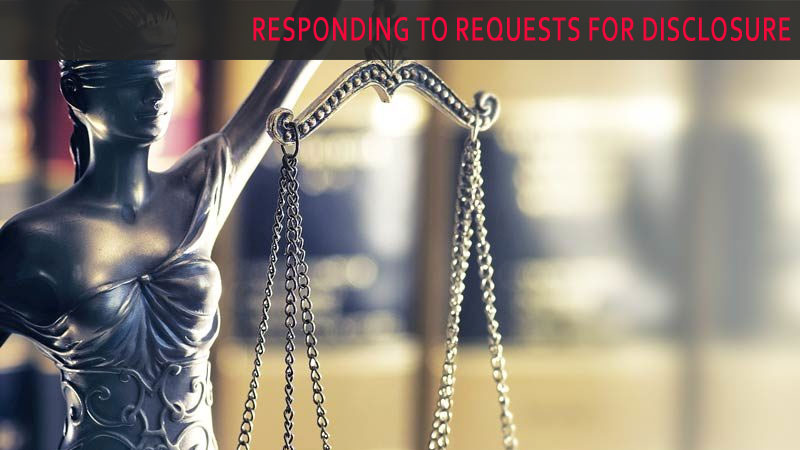Responding to Requests for Disclosure

Many state courts have requirements similar to the federal requirements to provide initial disclosures to all other parties in the case. Texas is one of those states, and although responses to Requests for Disclosure aren’t required automatically, many Defendants are beginning to add a paragraph in their Answer requesting responses to Rule 194.2 Requests for Disclosure.
Of course, as Plaintiff’s attorneys, one of our biggest assets is having access to all necessary witnesses and exhibits prior to filing the case. This means that in order to take advantage of this asset, we must know every single fact from every single witness before filing suit. A skilled personal injury lawyer Texarkana TX relies on will already have exhibits identified and marked, along with prepared jury instructions before suit is filed. Once suit is filed, it is our duty to obtain a trial date as quickly as possible to provide justice to the client. This means being prepared before suit is filed.
Therefore, once the Requests for Disclosure are made by the Defendant, the responses should already be prepared (or can be prepared with ease).
Witnesses
You should already have each lay witness’s name, address, telephone number, and anticipated testimony summarized, so this requirement will be simple. Don’t forget to identify each law enforcement officer present on the scene of any accident or the custodian of records for each medical provider who treated your client.
Expert Witnesses
It is always smart (and required in cases of medical negligence) to have experts retained and ready prior to suit being filed. Be both broad and specific when outlining the opinions of your experts in your responses to Requests for Disclosure.
Calculation of Damages
All of your past medical expenses, claim for lost wages, future needs, and non-economic damages should be calculated prior to filing suit. Provide what information is necessary to preserve all claims you have listed in the claim for damages paragraphs in your Complaint or Petition, and be sure to review authorized jury instruction to confirm that you are maximizing the allowable damages for your client.
Exhibition of a Prepared Plaintiff
Defense lawyers, judges, jurors, and even insurance adjusters know, or can easily identify, a prepared Plaintiff’s attorney. Being prepared drives up the value of a claim, and it makes presenting the case to a jury much easier than the alternative.
For these reasons, it is always best to be as prepared as possible prior to filing suit. This will make responding to Requests for Disclosure a simple task, and it will help confirm that you are seeking the maximum compensation for your client’s injuries.
Thanks to Steve Harrelson and our friends and co-contributors from Harrelson Law Firm, P.A. for their added insight into pre-suit organization of personal injury cases.